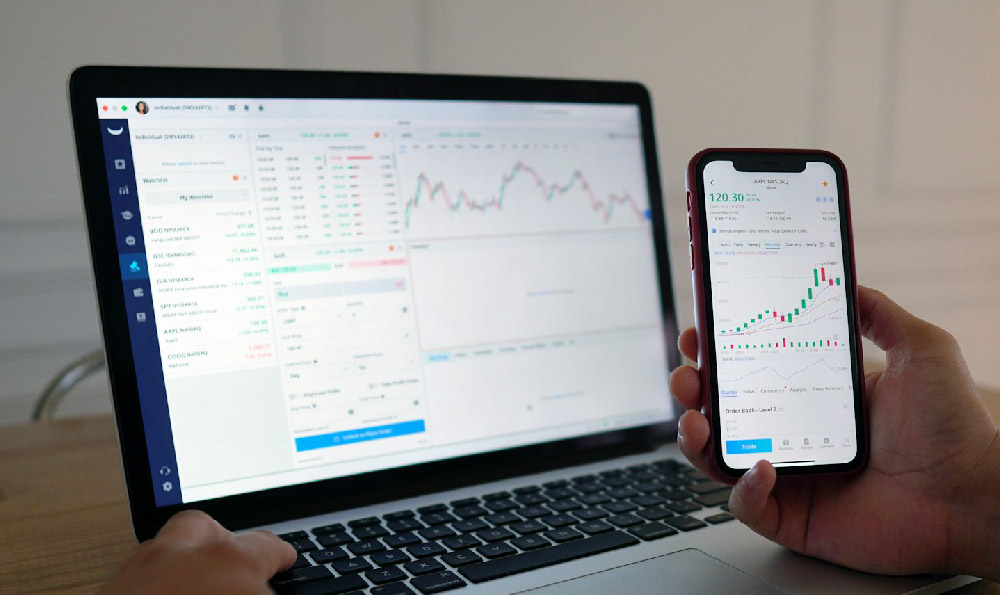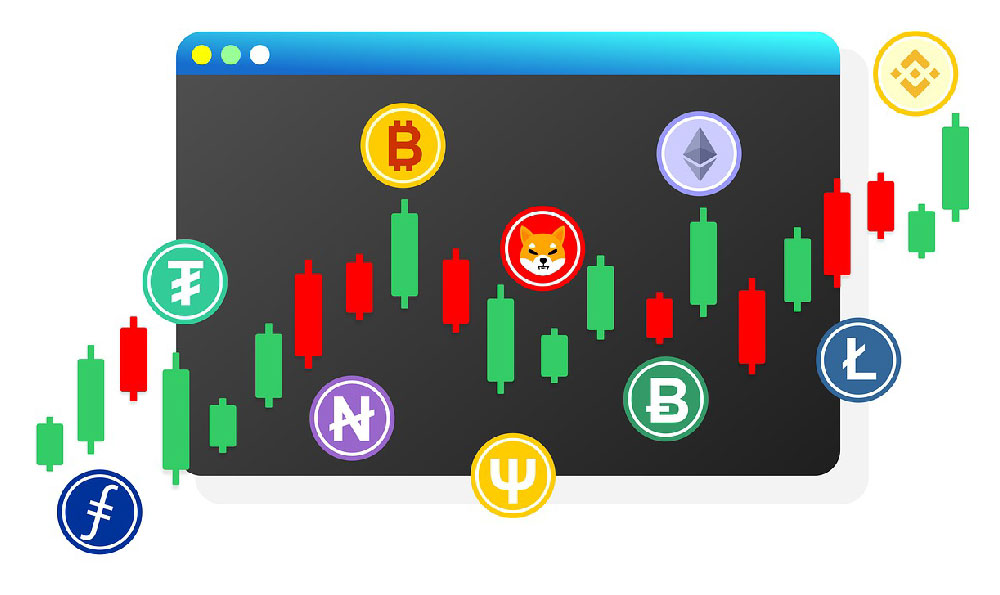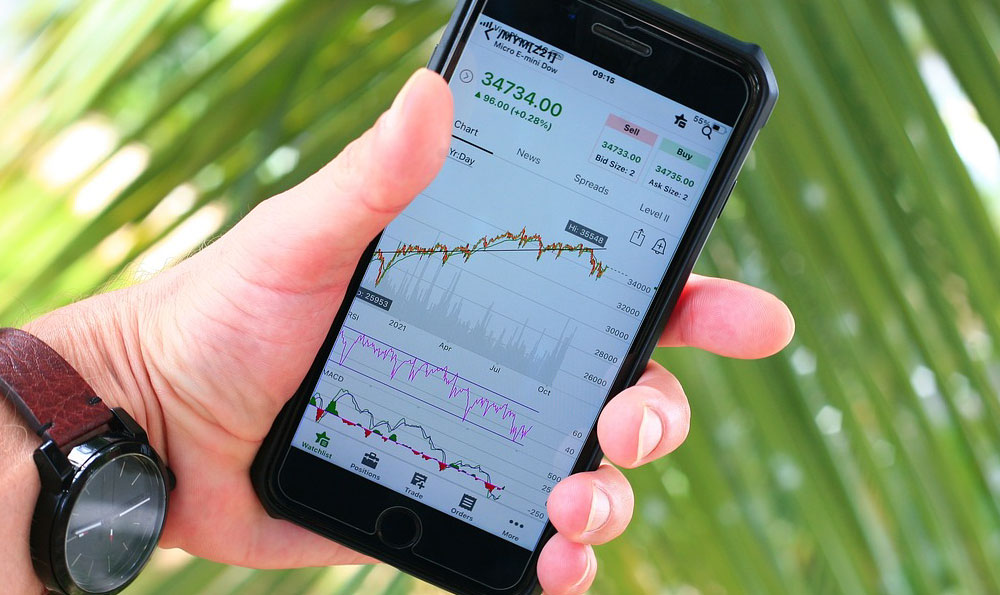Understanding how USDT calculations work on the Keepbit platform, and what factors influence these calculations, is crucial for anyone looking to engage in trading or investment activities. This is because accurate calculations directly impact your trading decisions, risk management, and ultimately, your profitability. Let's dissect this complex topic.
Keepbit, like many other cryptocurrency platforms, likely uses a variety of mechanisms for calculating USDT values. Understanding these mechanisms is fundamental to making informed decisions. At its core, the calculation hinges on the real-time exchange rate between USDT and the specific cryptocurrency you are trading (e.g., Bitcoin, Ethereum). This exchange rate is not static; it constantly fluctuates based on supply and demand dynamics within the Keepbit exchange and, to some extent, across other exchanges.
The most basic calculation involves multiplying the amount of cryptocurrency you want to buy or sell by the current USDT price per unit of that cryptocurrency. For example, if Bitcoin is trading at 60,000 USDT on Keepbit, and you want to buy 0.1 Bitcoin, the calculation would be 0.1 BTC * 60,000 USDT/BTC = 6,000 USDT. This is the theoretical cost or value before any fees or slippage are considered.

However, the reality is more nuanced. Keepbit, and most cryptocurrency exchanges, charge trading fees. These fees are usually a percentage of the transaction value and can vary based on factors like your trading volume, membership tier, and specific promotions. Therefore, the final USDT cost will be the initial calculation plus the trading fee. For instance, if Keepbit charges a 0.1% trading fee, the total cost for buying 0.1 Bitcoin at 60,000 USDT would be 6,000 USDT + (0.001 * 6,000 USDT) = 6,006 USDT.
Beyond fees, slippage can also significantly affect USDT calculations. Slippage occurs when the actual price at which your order is executed differs from the price you initially saw on the order book. This typically happens when you are placing a large order that exhausts the available liquidity at the desired price level. As the order fills, it starts executing at successively higher (for buy orders) or lower (for sell orders) prices, resulting in a higher or lower USDT cost or return than initially anticipated.
The depth of the order book plays a critical role in mitigating slippage. A deeper order book (i.e., more buy and sell orders at various price levels) means that larger orders can be filled without significantly impacting the price. Conversely, a shallow order book makes it more susceptible to slippage. To understand the potential impact of slippage, it's advisable to carefully examine the order book before placing a large order and consider using limit orders instead of market orders to control the execution price.
Another factor influencing USDT calculations on Keepbit is the potential for price discrepancies between different exchanges. While arbitrage opportunities exist, these differences are usually short-lived due to the efficiency of arbitrageurs. However, during periods of high volatility or low liquidity, temporary price discrepancies can occur, potentially impacting the USDT value you receive or pay. Regularly comparing prices across different exchanges can help you identify and potentially exploit these discrepancies, although this strategy requires speed and careful execution.
Keepbit might also use sophisticated order matching algorithms that impact how your order is filled and, consequently, the final USDT calculation. These algorithms consider factors like order size, order type, and the order book to determine the optimal execution strategy. While the specifics of these algorithms are usually proprietary, understanding the general principles of order matching can provide valuable insights into how your orders are processed.
Furthermore, deposit and withdrawal fees can impact the overall cost of using USDT on Keepbit. While USDT itself doesn't have inherent transaction fees (as it's a stablecoin), transferring USDT onto or off of Keepbit might incur fees, depending on the network used (e.g., Ethereum, TRON) and Keepbit's specific fee structure. These fees should be factored into your overall financial planning.
Beyond the direct mechanics of calculations, several external factors indirectly influence USDT calculations on Keepbit. Market sentiment, news events, regulatory changes, and macroeconomic trends can all impact the demand for and supply of USDT and other cryptocurrencies, thereby affecting exchange rates and ultimately, USDT values on Keepbit. Staying informed about these broader market dynamics is essential for anticipating potential price fluctuations and making informed trading decisions.
For instance, a positive news announcement about a specific cryptocurrency might lead to increased buying pressure, driving up its price against USDT. Conversely, a negative regulatory development could trigger a sell-off, causing the price to fall. Understanding these correlations can help you anticipate potential price movements and adjust your trading strategies accordingly.
Finally, be aware of potential security risks associated with using any cryptocurrency platform, including Keepbit. Security breaches, hacks, and platform downtime can all disrupt trading activity and potentially impact the value of your USDT holdings. Implementing robust security measures, such as using strong passwords, enabling two-factor authentication, and regularly reviewing your account activity, is crucial for protecting your assets. Diversifying your holdings across multiple exchanges can also mitigate the risk of losing everything in the event of a platform failure.
In conclusion, calculating USDT on Keepbit is not as simple as just multiplying the quantity of crypto by the price. Factors like trading fees, slippage, order book depth, exchange rate discrepancies, order matching algorithms, deposit/withdrawal fees, market sentiment, and security risks all play a role. By understanding these complexities and incorporating them into your trading strategy, you can make more informed decisions, manage your risk effectively, and ultimately improve your chances of success on the Keepbit platform.












